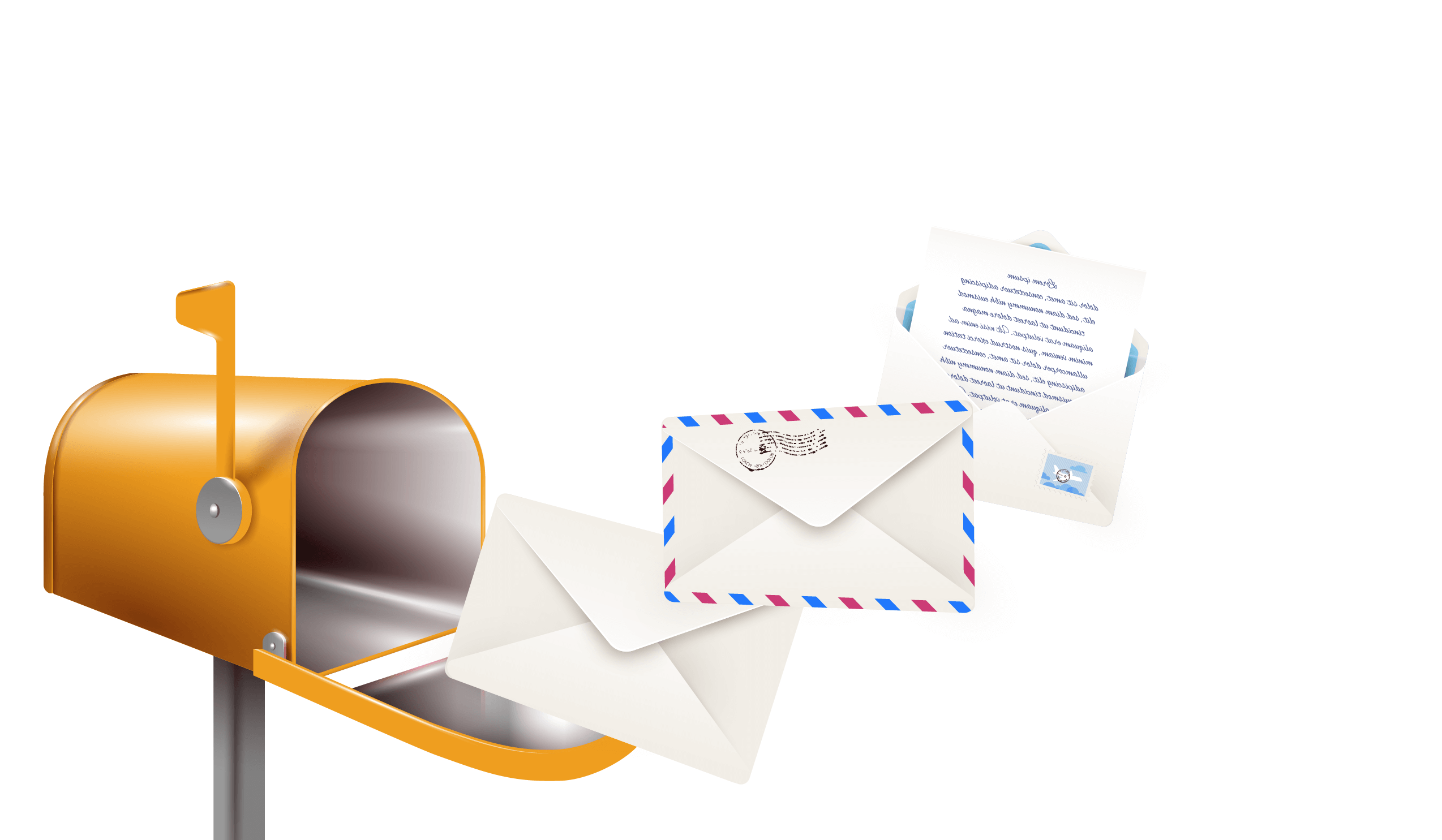“In the field of observation, chance favors only the prepared mind”. Louis Pasteur
In the initial months of their lives when children cannot speak, they cry any time they have a problem. They cry if they are hungry, if their stomach aches, if they are tired, if they are hot, and so on. Although these problems may vary, for their parents the cries always seem to be the same. Parents who don’t know how to interpret the cries of their infants don’t know what to do to help them either. An infant’s life may be difficult, but a parent’s life isn’t exactly easy either.
The problem of infants crying is as old as time, yet it was first thoroughly investigated only as of the 1960s. Ole Wasz-Höckert, a university professor in Helsinki, proved that there were four categories of infant cries, coinciding with their needs [1] and proposed a method by which parents could train themselves to recognize each. Wasz-Höckert’s studies impressed the academic world at the time, but his method proved not to be so effective: parents were able to understand their babies’ cries only 33% of the time (which is just a little better than rolling the dice). However, 30 years later, his theory was fed into Artificial Intelligence algorithms that were able to automatically interpret the infants cries with a success rate of up to 70%. Thus, a practical solution came about – a microphone connected to a PC was placed near the baby’s bed in order to display the corresponding problem. Nonetheless, the success rate was too small for a commercial product to come about. Parents were still on their own.
In 1998, a new theory on infant cries emerged. The soprano Priscilla Dunstan noticed that the cries of her baby boy Thomas would start up each time with certain sounds that differed slightly based on the situation. The sounds seemed to be near identical each time, but Priscilla – with her musical ear – managed to translate them into words: “Neh” = hungry; “Eh” = need to burp; “Oah” = tired; “Eairh” = lower belly pain; and “Heh” = physical discomfort. Priscilla’s discovery might have remained unknown if her father, who was working for the New South Wales University of Sydney, had not intervened. He started a study on 400 infants and remarked that the sounds they uttered before crying were similar, being correlated to certain needs. Since they are physiological, it is normal that the sounds be the same for all infants. Thus, the study demonstrated the existence of a language with which babies communicate their needs. This was named the Dunstan Baby Language. It proved to be a great success among parents from various countries.
It may seem like a simple idea, the fact that very small children cry identically regardless of their ethnicity, but the universality of baby language only started to be proven as of 2018. A research team from Romania produced an algorithm that categorizes infant cries with an 89% success rate. The algorithm was then verified and improved by researchers from Indonesia, India and the United States, resulting in the rate of success reaching 94.7% [4–6]. The same AI algorithm trained from a database of recordings of Australian children also functioned very well with audio recordings of infants from Romania. Memobooks Press supports this project and invites anyone with an interest in this subject to help by completing the database. If you work in the neonatal field, please contact us at the publishing house address.
Memo
Acknowledgement: The worldwide copyright of the Dunstan Baby Phonetic Descriptors NEH, OWH, EH, EAIRTH, HEH and any minor variations are © Dunstan Baby Pty Ltd 1998–2021. All Rights Reserved.
Bibliography
[1] O. Wasz-Höckert, T. Partanen, V. Vuorenkoski, K. Michelsson, E.V. “The Identification of some Specific Meanings in Infant Vocalization”, Cell. Mol. LifeSci 20(3), 154 (1964)
[2] Mukhopadhyay, J., Saha, B., Majumdar, B., Majumdar, A.K., Gorain, S., Arya, B.K., Bhattacharya, S.D., Singh, A.: An evaluation of human perception for neonatal cry using a database of cry and underlying cause. In: 2013 Indian Conference on Medical Informatics and Telemedicine, ICMIT 2013 (2013).
[3] E. Franti, I. Ispas, and M. Dascalu, “Testing the Universal Baby Language Hypothesis – Automatic Infant Speech Recognition with CNNs,” in 41st International Conference on Telecommunications and Signal Processing TSP 2018, pp. 1–4, 2018.
[4] T. N. Maghfira, T. Basaruddin, A. Krisnadhi, “Infant cry classification using CNN – RNN”, in Journal of Physics Conference Series, April 2020.
[5] Chunyan Ji, Sunitha Basodi, Xueli Xiao, and Yi Pan, Infant Sound Classification on Multi-stage CNNs with Hybrid Features and Prior Knowledge, Springer Nature Switzerland AG 2020, AIMS 2020, LNCS 12401, pp. 3–16, 2020, https://doi.org/10.1007/978-3-030-59605-7_1
[6] Noreen Iftikhar, Dunstan Baby Language, Healthline, June 29, 2020, https://www.healthline.com/health/baby/dunstan-baby-language#does-it-work






